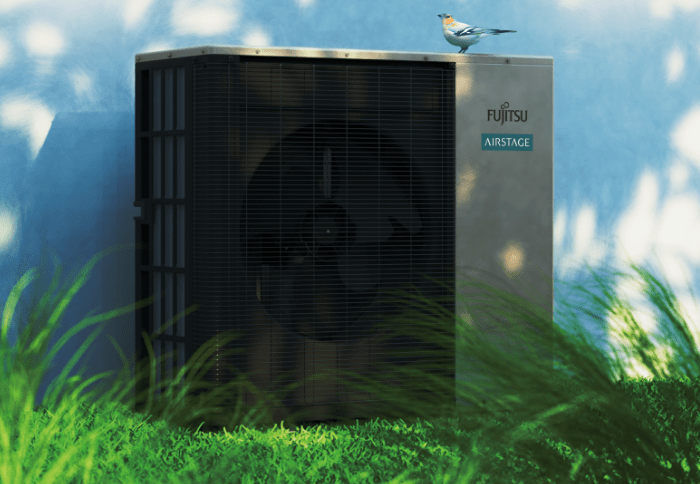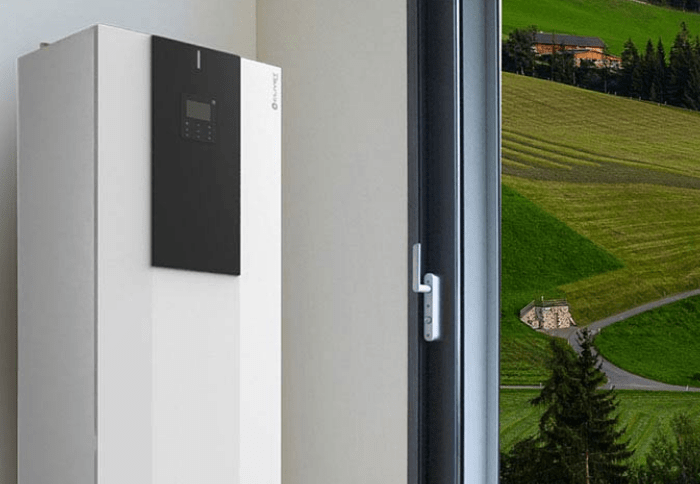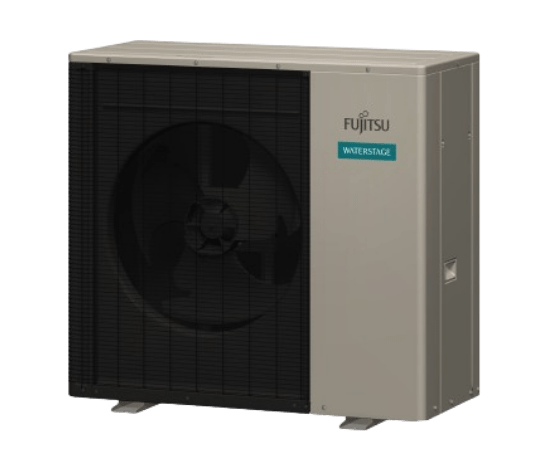
Air Source Heat Pumps
Ease of Installation: Air source heat pumps (ASHPs) are relatively easy to install compared to ground source systems, making them a convenient choice for homeowners.
Cost-Effective: They are generally more affordable upfront than ground source heat pumps, providing a quicker return on investment for residential users.
Space-Saving: ASHPs require less outdoor space, which is ideal for homes with limited yard space.
Versatility: These pumps can efficiently heat and cool homes, adapting to seasonal temperature changes with ease.
Scalability: Air source heat pumps can be scaled up to meet the heating and cooling demands of large commercial buildings.
Minimal Disruption: Installation in commercial settings is straightforward and causes minimal disruption to ongoing operations.
Flexibility: Suitable for various commercial properties, from office buildings to retail stores, providing consistent climate control.
Operational Cost Savings: Businesses benefit from lower energy bills and reduced maintenance costs over time.
Ground Source Heat Pumps
Efficiency: Ground source heat pumps (GSHPs) offer higher efficiency compared to air source systems, providing significant energy savings.
Durability: GSHPs have a longer lifespan due to their underground components being protected from weather conditions.
Stable Temperature Source: Utilizing the stable underground temperatures ensures consistent heating and cooling throughout the year.
Increased Property Value: The installation of a GSHP can increase the value of a home due to its eco-friendly and cost-saving benefits.
High Efficiency for Large Scale: Ideal for large commercial properties, GSHPs can handle substantial heating and cooling loads efficiently.
Long-Term Savings: While the initial investment is higher, the long-term operational savings and reduced maintenance costs make GSHPs a smart choice for businesses.
Sustainability: Adopting GSHPs demonstrates a commitment to sustainability, enhancing the company’s green credentials and potentially attracting eco-conscious customers.
Enhanced Comfort: Provides consistent indoor climate control, improving comfort for employees and customers alike.


Key Differences
Air Source: Easier and less invasive, typically installed on external walls or rooftops.
Ground Source: Requires ground excavation or drilling, which is more labour-intensive and costly.
Air Source: Efficiency can vary with outdoor temperatures.
Ground Source: Consistently high efficiency due to stable underground temperatures.
Air Source: Requires minimal space; ideal for properties with limited outdoor areas.
Ground Source: Requires significant land area for horizontal loops or deep drilling for vertical loops.
Air Source: Lower initial cost and quicker installation.
Ground Source: Higher initial cost but offers greater long-term savings.
Air Source: Generally, requires more frequent maintenance due to exposure to the elements.
Ground Source: Lower maintenance needs as underground components are protected from weather-related wear and tear.
